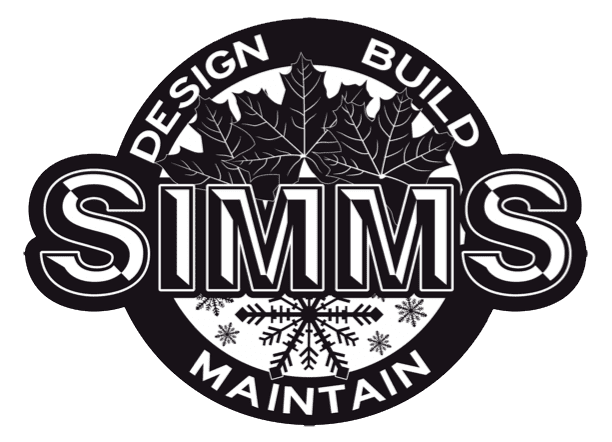Protect vulnerable plants and plumbing, then wait to assess damage. Before a forecast hard freeze, water beds and trees; moist soil holds heat better than dry. Cover tender plants with breathable fabric that reaches the ground and secure it so wind doesn’t lift it. Avoid plastic directly on foliage. Shut off and back-drain hose bibs, disconnect hoses, and turn off irrigation if sustained freezes are coming. If your system hasn’t been winterized yet, schedule a blowout before nightly lows settle below freezing to prevent cracked lines. After a freeze, don’t prune browned tips immediately; many plants recover from cambium inward as temperatures stabilize. Wait until spring growth to remove dead wood so you don’t cut living tissue. Note which plants struggled so you and your landscaper can adjust varieties or microclimates next season. Quick preparation usually prevents losses and keeps spring recovery smooth.
What if we get an early freeze?
Related FAQs
-
Do I need to wrap or protect landscaping in winter?
Some of it, yes. New trees benefit from trunk wrap from late fall to early spring to reduce sunscald and…
-
How do I program the irrigation controller installed by a landscaping company?
The first step is to note the make and model of your irrigation controller. Most manuals are available online, often…
-
Who fixes the sprinkler heads my snowplow broke?
Broken sprinkler heads are a common issue in Utah winters, especially where snowplows push heavy snow onto lawns. In Salt…
